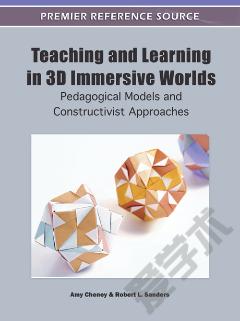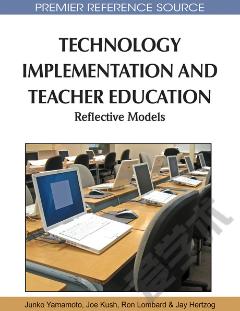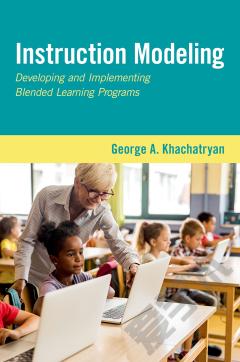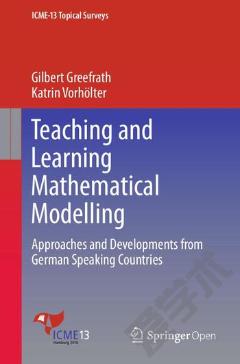Teaching and Learning in 3D Immersive Worlds: Pedagogical Models and Constructivist Approaches
Second Life is a three-dimensional virtual world which is being employed by educational institutions and training organizations to support teaching and learning. However, there is little guidance as to how 3D learning spaces should be designed to correspond to the learning activity and the learning context of the student, such as studentsâ skills and the nature of the program (e.g. distance education, blended learning). This chapter describes an empirical study involving Second Life educators, designers, and students, and derives guiding principles for the design of learning spaces in 3D virtual worlds. It is hoped that the guidance and examples described in this chapter will support educators and designers in designing 3D learning spaces and activities that foster studentsâ socialization, informal learning, collaboration, and creativity. Although, the empirical study focused on Second Life, it is hoped that the results will be applicable for 3D virtual worlds in general.
{{comment.content}}








 京公网安备 11010802027623号
京公网安备 11010802027623号